In predominantly March-calving suckler herds, breeding will get under way towards the end of May.
Before then, farmers may be looking to sort cows into different breeding groups to suit certain stock bulls.
When it comes to sorting cows for breeding, outlined are five things to consider before turning out the stock bulls.
1. Are maiden heifers heavy enough?
The heavier replacement heifers are at the outset of breeding, the better. Liveweight is more important for breeding activity than age.
At 50% of mature cow weight, around 50% of heifers will be cycling.
But when heifers weigh at least 60% of mature cow weight, there will be around 90% of replacement animals cycling.
If the average mature cow weight is 700kg, heifers should weigh at least 420kg when breeding starts.
Having heifers heavier than this target weight reduces the risks of replacements being stunted after calving.
Therefore, give heifers a final weight check now and only select those meeting target breeding weight.
Don’t be swayed into choosing lighter heifers, just because of their colour markings or the animal’s dam.
Underdeveloped heifers will experience greater calving difficulty next spring.
2. Breed replacements from the earliest-calving cows
Cow fertility is an extremely heritable trait, meaning it is easily passed from mother to daughter.
Therefore, replacements should be bred from cows that calve in the first six weeks of the calving period, as these are the most fertile animals in the herd.
Replacements kept from these cows should also be fertile and easier to get in-calf.
Also, calves born to early calving cows will be older at weaning time.
These heifers will be heavier at housing time and, as such, are more likely to meet target breeding weight next year.
3. Breed replacements from cows that wean heavier calves
Alternatively, use weaning weights to identify the cows that rear the heaviest calves.
These cows will generally have the greatest milking ability and are most suitable to produce herd replacements.
4. Put the less maternal cows to a terminal bull
Cows with lower milking ability and consistently late-calving animals should be grouped separately and crossed to a terminal bull.
Ideally, these animals should be served to a different breed of bull. This will make it easier to pick out heifer calves bred from these cows for selling live or finishing.
5. Keep first-calving heifers and thinner cows together
First-calved heifers need preferential treatment in order to go back in-calf again.
The same applies to thin cows, older cows and cows with twins sucking.
On farms with multiple stock bulls, consider keeping these animals together as a breeding group or with maiden heifers, depending on numbers.
This makes it easier to give these cows priority grass or supplementary feed if necessary.
Read more
Global trade for beef, lamb, milk and grain on fire
Average base grade price up for steers and heifers
In predominantly March-calving suckler herds, breeding will get under way towards the end of May.
Before then, farmers may be looking to sort cows into different breeding groups to suit certain stock bulls.
When it comes to sorting cows for breeding, outlined are five things to consider before turning out the stock bulls.
1. Are maiden heifers heavy enough?
The heavier replacement heifers are at the outset of breeding, the better. Liveweight is more important for breeding activity than age.
At 50% of mature cow weight, around 50% of heifers will be cycling.
But when heifers weigh at least 60% of mature cow weight, there will be around 90% of replacement animals cycling.
If the average mature cow weight is 700kg, heifers should weigh at least 420kg when breeding starts.
Having heifers heavier than this target weight reduces the risks of replacements being stunted after calving.
Therefore, give heifers a final weight check now and only select those meeting target breeding weight.
Don’t be swayed into choosing lighter heifers, just because of their colour markings or the animal’s dam.
Underdeveloped heifers will experience greater calving difficulty next spring.
2. Breed replacements from the earliest-calving cows
Cow fertility is an extremely heritable trait, meaning it is easily passed from mother to daughter.
Therefore, replacements should be bred from cows that calve in the first six weeks of the calving period, as these are the most fertile animals in the herd.
Replacements kept from these cows should also be fertile and easier to get in-calf.
Also, calves born to early calving cows will be older at weaning time.
These heifers will be heavier at housing time and, as such, are more likely to meet target breeding weight next year.
3. Breed replacements from cows that wean heavier calves
Alternatively, use weaning weights to identify the cows that rear the heaviest calves.
These cows will generally have the greatest milking ability and are most suitable to produce herd replacements.
4. Put the less maternal cows to a terminal bull
Cows with lower milking ability and consistently late-calving animals should be grouped separately and crossed to a terminal bull.
Ideally, these animals should be served to a different breed of bull. This will make it easier to pick out heifer calves bred from these cows for selling live or finishing.
5. Keep first-calving heifers and thinner cows together
First-calved heifers need preferential treatment in order to go back in-calf again.
The same applies to thin cows, older cows and cows with twins sucking.
On farms with multiple stock bulls, consider keeping these animals together as a breeding group or with maiden heifers, depending on numbers.
This makes it easier to give these cows priority grass or supplementary feed if necessary.
Read more
Global trade for beef, lamb, milk and grain on fire
Average base grade price up for steers and heifers



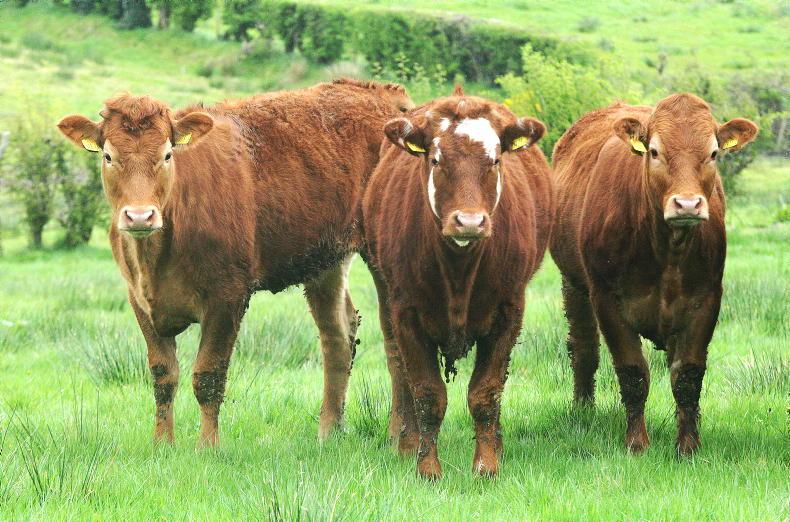

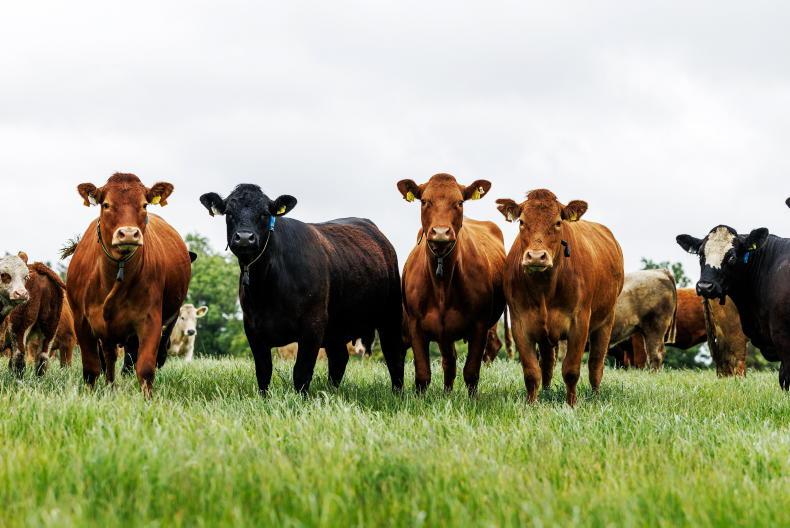

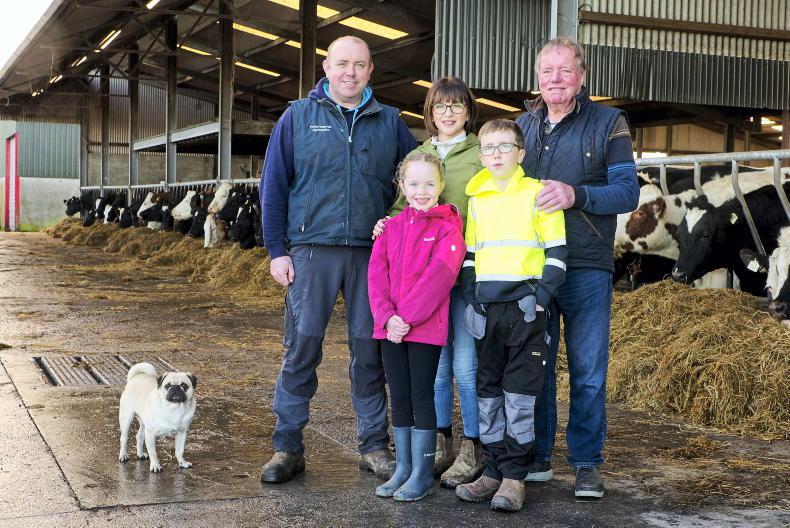
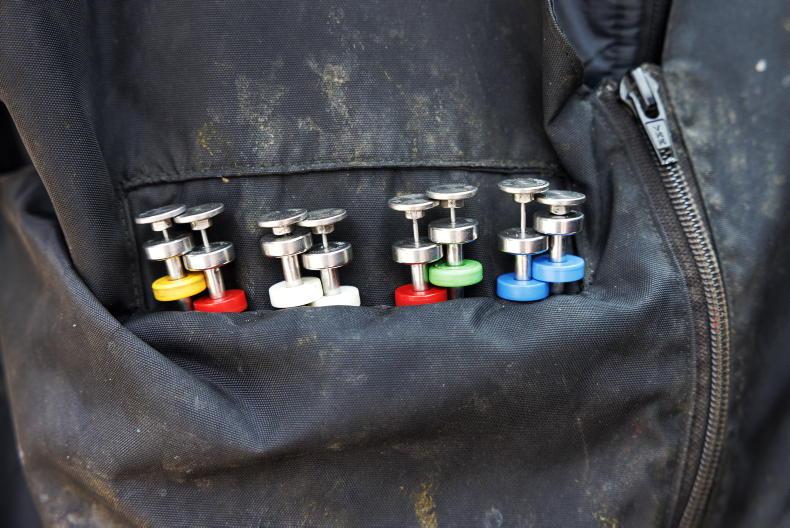
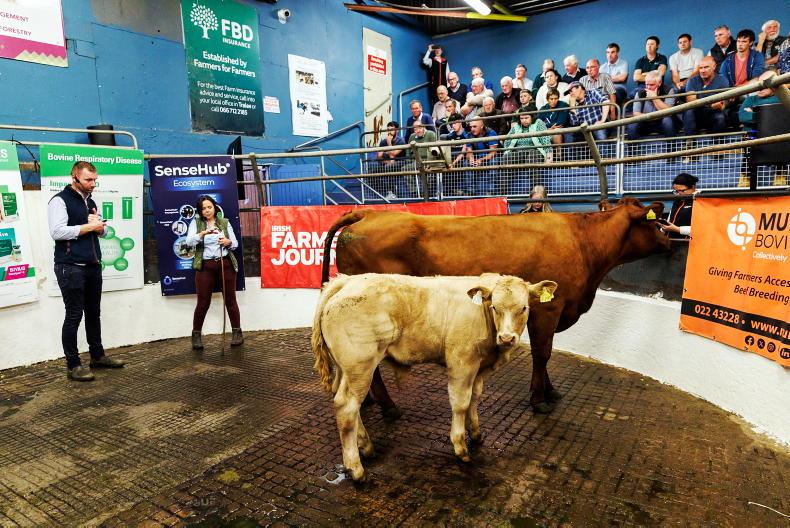
SHARING OPTIONS